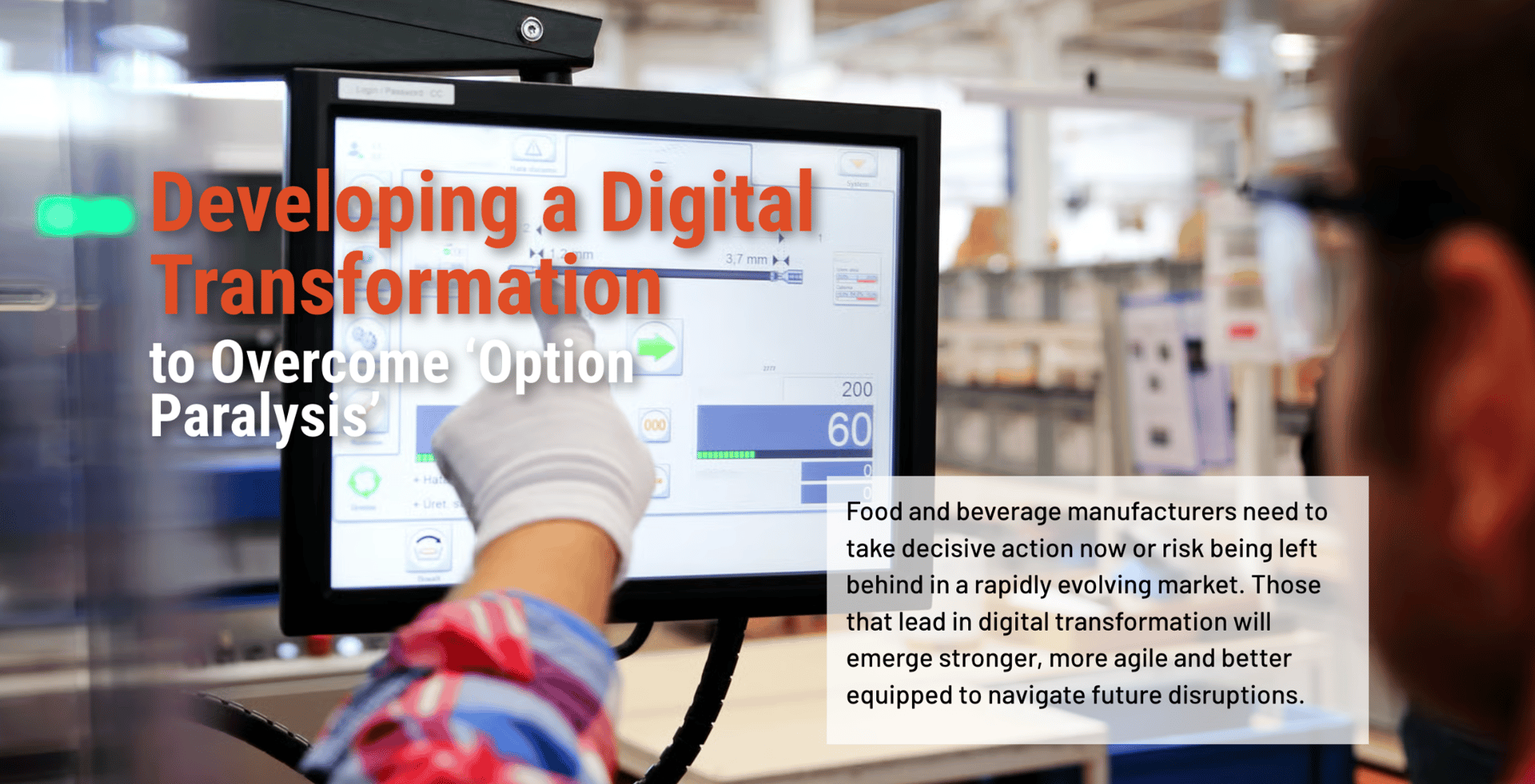How Do Consumers Feel About Ultra-Processed Foods?
A recent study by Purdue University’s Center for Food Demand Analysis and Sustainability looks at whether consumers understand the terms “processed” and “ultra-processed" and if they have their own opinions on them.
Lately, there has been buzz around “processed” and “ultra-processed” foods.
It warrants a look at whether consumers understand these terms and if they have their own opinions on them. Purdue University’s Center for Food Demand Analysis and Sustainability (CFDAS) has done just that.
The CFDAS surveys 1,200 adults monthly to track changes in consumer demand and sustainability behaviors. February’s survey focused on processed foods, what consumers know about them and how they feel about these products.
Nearly two-thirds (65%) of respondents said that they have heard the term “processed food” and can explain what it means. Meanwhile, 33% said that they have heard the term but weren’t sure if they fully understand what it means. Just 1% of the respondents had not heard the term.
When asked about the importance of eating foods free from additives, preservatives and artificial ingredients – with 0 being “not at all important” and 10 being “very important” – 85% of respondents reported a 5 or higher, with 23% reporting a 10. The weighted average was 7.1.
Additionally, the CFDAS asked respondents about their level of concern toward the health impacts of processed and ultra-processed foods, with 0 representing “not at all concerned” and 10 representing “very concerned.” More than 80% reported a 5 or higher, with 19% reporting a 10.
However, even with these concerns and the perceived importance of eating foods without additives, the surveyed consumers still report that they include processed foods in their diets. The CFDAS asked respondents to choose from statements that most closely represent their beliefs, with the breakdown as follows:
- “All ultra-processed foods are unhealthy and should be avoided.” – 30%
- “Many ultra-processed foods are unhealthy, but some can be part of a healthy diet.” – 43%
- “Some ultra-processed foods are just as healthy as unprocessed or minimally processed foods.” – 18%
- “Ultra-processed foods are just as healthy as unprocessed or minimally processed foods.” – 3%
- No opinion – 6%
The CFDAS also asked respondents to look at their grocery baskets, inquiring about which minimally and ultra-processed foods the primary household shopper typically purchased. More than 90% of respondents noted that fresh fruit and vegetables were in their carts, followed by fresh meat (88%), fresh milk (87%) and fresh eggs (87%). More than three-quarters (78%) of surveyed consumers reported buying chips, as well as breakfast cereal (75%), canned vegetables or beans (74%), processed meat (71%), snack crackers (71%) and frozen meals (67%).
Joseph Balagtas, professor of agricultural economics at Purdue and director of CFDAS, pointed to the difference between what consumers say that they believe and what they purchase. The study – which also assessed attitudes among three household income brackets – revealed that convenience, time savings and affordability are key factors driving ultra-processed food purchases.
“With many processed foods being in a ready-to-eat state, they can be an important part of many household diets, especially when there is limited time or knowledge to prepare meals,” Balagtas says.
It comes down to balance. For the most part, consumers seem to understand what constitutes a “processed” food and how they fit into their diets, based on nutrition, convenience and affordability. It’s up to the food industry to offer options that meet consumers where they are. FE



